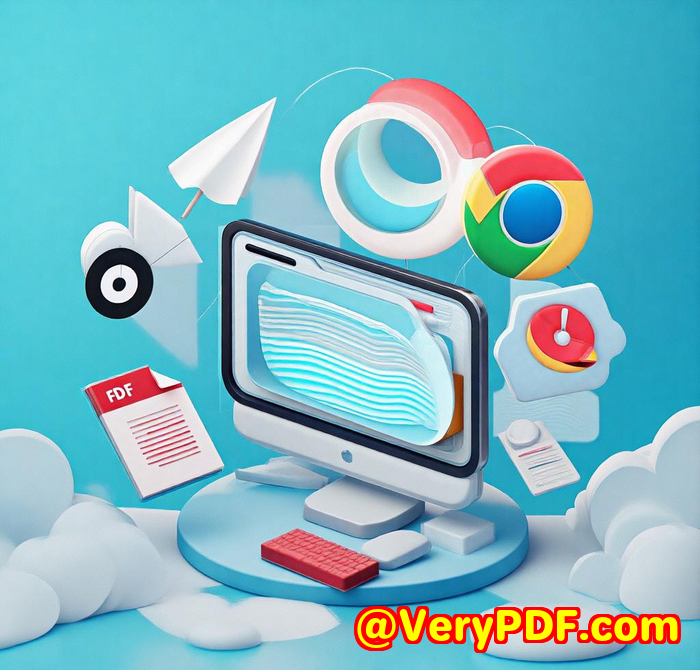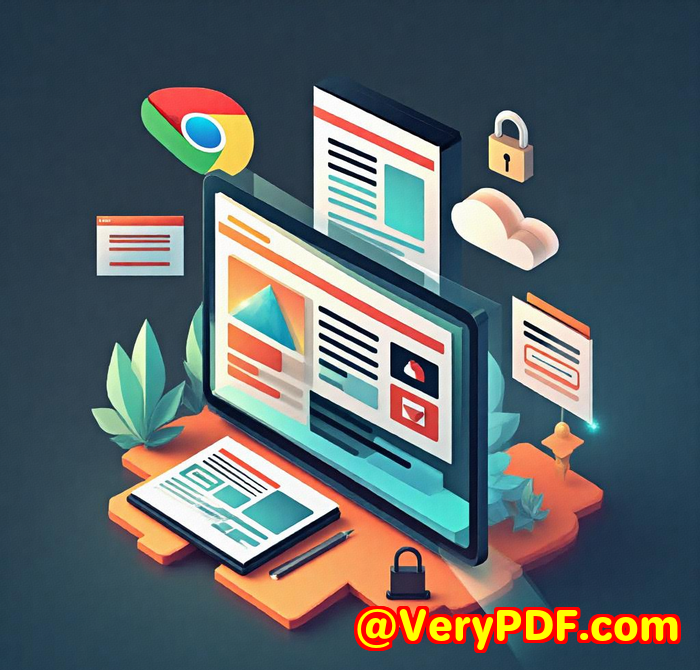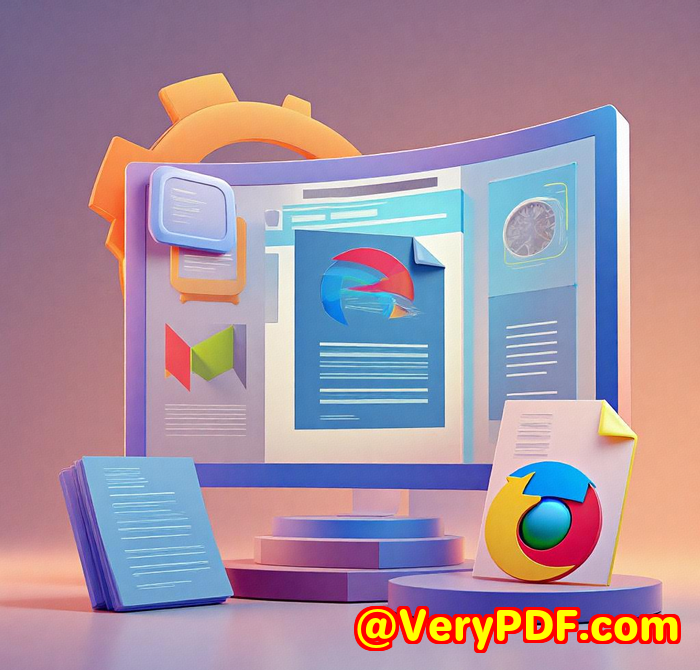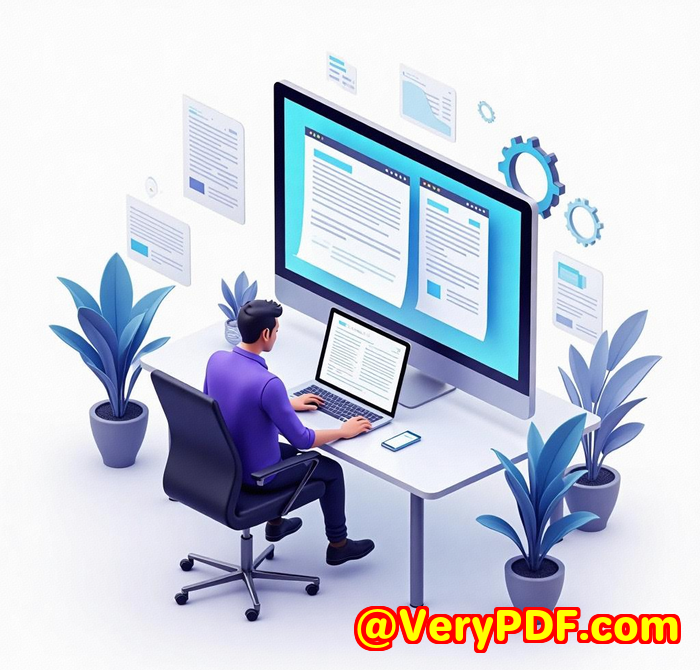How to Use VeryPDF API to Create Automated Website Monitoring Reports with Regular Screenshots
How to Use VeryPDF API to Create Automated Website Monitoring Reports with Regular Screenshots
Meta Description:
Automate website monitoring with the VeryPDF Screenshot APIget full-page screenshots, customise outputs, and scale with ease.
Every marketer knows the pain of waking up to a broken homepage
One Monday, I got an email from a client asking why the hero image on their site was replaced with a 404 error.
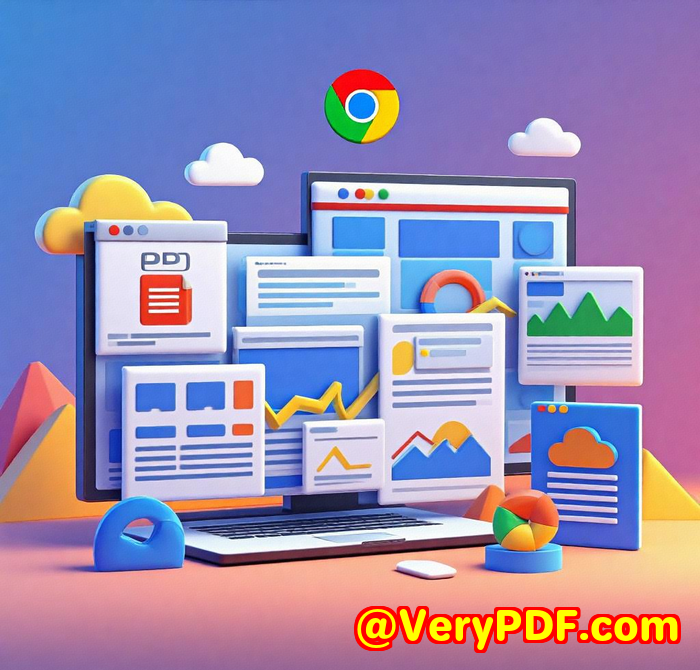
I had no clue it even happened.
We weren't tracking visual changes to their landing pagesonly uptime.
Google Analytics didn't catch it. UptimeRobot said all was well. But visually? The site was broken.
It made me realise: monitoring uptime isn't the same as monitoring what a human actually sees. I needed to find a way to get automated visual proof that a website looks rightdaily, without babysitting it.
That's how I stumbled into VeryPDF Website Screenshot API, and it changed how I manage client websites.
Meet the tool that ended my visual QA nightmares
I didn't want a clunky browser plugin or an overbuilt SaaS product.
I wanted an API I could call on a schedule. Clean, lightweight, scalable.
VeryPDF Website Screenshot API did exactly that.
It let me send a simple API request and get back a full-page, high-res image of a webpagejust like a user would see it in Chrome. No drama. No surprises. No missing styles.
Perfect for:
-
Agencies monitoring dozens of landing pages.
-
Developers tracking front-end regressions.
-
SEOs keeping tabs on page structure.
-
E-commerce managers ensuring product pages load correctly.
The good stuff it can actually do
Here's where it gets fun. This isn't just a "take a screenshot" toy.
You can actually customise everything.
1. Full control over output format
Need a PDF for your weekly report? JPGs to throw into Slack? WebP to keep it lightweight?
Pick whatever works for your workflow.
You can even store them directly to Amazon S3.
2. True full-page capture
No more "above the fold only" rubbish.
This API scrolls, renders, and captures every part of the siteeven lazy-loaded sections or JavaScript-heavy layouts. Exactly as users experience them.
3. Mobile simulation
Want to make sure your mobile pages aren't broken?
Just tweak the parameters to simulate a mobile viewport. Boominstant mobile screenshot.
4. Hide annoying elements
Cookie banners. Pop-ups. Ads.
They're annoying, and they ruin screenshots.
With a single flag (--no-images or others), you can block all of them. Now your reports are clean and distraction-free.
How I set it up in under 10 minutes
No joke, it took me 10 minutes to go from signup to live screenshots.
Here's what I did:
-
Signed up on VeryPDF Screenshot API. Got 100 free screenshotsno card needed.
-
Got my API key right away.
-
Used a simple GET request like this:
And just like that, it emailed me a perfect screenshot.
I scheduled it using a basic cron job and cURL. Every day at 9 AM, a new screenshot gets saved to Dropbox.
You can easily hook this into Zapier, Node.js, or Python scripts too.
When you need scale, this API doesn't flinch
I've used other screenshot tools before.
Some of them freeze up with more than 100 captures a day. Or they use outdated browsers and fail to load dynamic elements.
VeryPDF's Screenshot API is built on AWS Lambda and up-to-date Chrome. It scales from 1 to 1,000,000 screenshots without choking.
One of my clients runs a massive affiliate site with 3,000 product pages.
We used the API to screenshot each page weekly to make sure:
-
Affiliate buttons render correctly.
-
Price blocks don't get hidden.
-
Page layouts stay consistent across devices.
It just worked.
No lags. No missing screenshots. No support tickets.
How this beats open-source and SaaS tools
I tried using open-source Puppeteer scripts before.
Here's why I bailed:
-
Constant Chrome version issues.
-
High server costs to self-host.
-
Complex setup for S3 uploads.
-
No native support for mobile views or blocking elements.
SaaS platforms? Overkill.
They often make you pay for project management dashboards I don't need.
I just needed a solid, fast API that did one thing welltake perfect screenshots.
That's what VeryPDF gave me.
The practical wins
Saved me hours
I no longer manually check sites. The screenshots show me what I need.
Improved client reporting
Clients trust visuals. Now they get actual images in their weekly reports.
Spotted issues before users did
We caught broken layouts, expired certificates, and missing images before any complaints came in.
If you manage websites, you need this
Doesn't matter if you're a freelancer or run ops for a SaaS with 10,000 pages.
This tool is your insurance policy.
You know what your site looks like. Every day.
I'd 100% recommend this to:
-
Agencies who manage multiple client sites
-
Marketers running landing page tests
-
Developers maintaining SPAs or React apps
-
Ops teams who want proof-of-uptime and visual health
It's not about taking screenshots.
It's about seeing what users seeon autopilot.
Try it here: https://www.verypdf.com/online/webpage-to-pdf-converter-cloud-api/
Custom Development Services by VeryPDF
If you've got something more advanced in mind, VeryPDF does custom builds too.
They offer deep dev work across:
-
Windows, Linux, macOS environments
-
Languages like Python, C++, PHP, C#, JavaScript
-
PDF generation, manipulation, and conversion
-
Virtual printer drivers for PDF/EMF/image outputs
-
Monitoring print jobs across all Windows printers
-
OCR and barcode tech for scanned docs
-
Font handling, DRM, and digital signature solutions
They can even build system hooks to intercept file access or API calls on a low level.
You name itthey've built it before.
Have something custom in mind? Reach out here: http://support.verypdf.com/
FAQs
1. Can I capture mobile views with the VeryPDF Screenshot API?
Yes. You can set parameters to simulate mobile viewports and capture responsive layouts.
2. Does the API work with single-page apps or dynamic JavaScript pages?
Absolutely. It uses up-to-date Chrome rendering to ensure SPAs and JS-heavy sites load completely.
3. Can I schedule automated captures?
Yes. Use tools like cron, Zapier, or custom scripts to call the API at regular intervals.
4. Is it possible to save screenshots to cloud storage?
You can output files directly to Amazon S3 or receive them via direct links.
5. What if I need to capture 100,000+ screenshots a month?
No problem. VeryPDF offers scalable enterprise plans and can handle millions of captures monthly.
Tags
-
Website Monitoring
-
Screenshot API
-
Website Screenshot Automation
-
Visual QA
-
Webpage to PDF API
-
VeryPDF Screenshot Tool
-
Automated Reporting Tools
-
Developer APIs
-
Full Page Screenshot API
-
Chrome Rendering API
And yes, if you're still wonderingthis article was created using the VeryPDF Screenshot API to monitor three client landing pages this morning.
No errors.
No fire drills.
Just proof that
